In this review we’re looking at the all new $169 USD PAW S1 from Lotoo. Is it yet another home-run?
[responsivevoice_button]
Disclaimer: The PAW S1 was provided directly from Lotoo for this review, I only had to pay for importing it. It sells for 169 USD. Lotoo is not a site advertiser or in any way affiliated with Headfonia. The PAW S1 remains Lotoo’s sole property and can be asked back at any time. Many thanks for the generosity and opportunity!
About Lotoo:
Lotoo is not a new name to the audiophile community, as their previous products have already been popular.
Founded in 1999, Lotoo has focused primarily on professional audio recorders and has only tipped their toes into the audio player market 15 years after their start. They introduced the PAW Gold as their absolute reference player, and legend has it, that it was only made because the owner of the company was not satisfied with what the market had to offer.
The PAW Gold has quickly risen to become a wildly beloved product. It stood out from the market with its unique looks and software, which could be described as rudimentary. To this date, the PAW Gold is one of the top players in the field.
In 2015 Lotoo released the PAW 5000, a much cheaper DAP, that again proved popular. In late 2016 they have released the hyper compact PAW Pico, a DAP comparable to the iPod nano, as it featured no screen.
Lotoo has always shown good interest in keeping their products up to date by offering new firmware versions for their players throughout all the years. To me it’s also very positive that they kept the Paw Gold as their flagship, where other companies push new products in a two-year cycle, they have just slightly updated the original and kept going.
After four years, Lotoo has decided to give the crowd a new version of the PAW Gold. Updated with modern features and a new interface. However, the PAW Gold will still be available and has not reached EOL (End Of Life) status just yet.
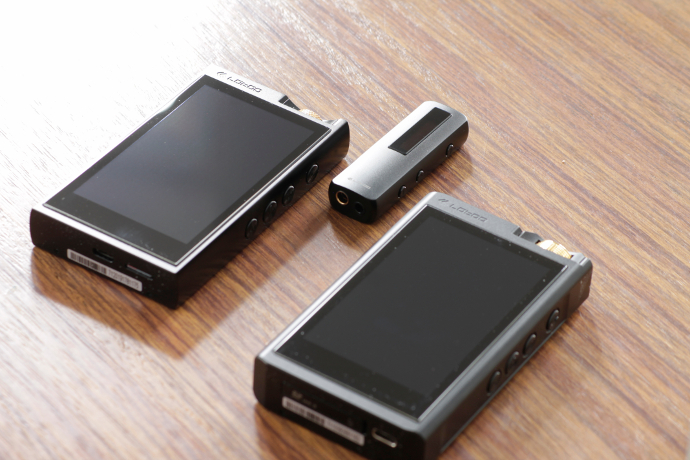
Lotoo PAW S1, PAW Gold Touch and PAW 6000
Lotoo released a more affordable version of the PGT last year with the PAW 6000. We also checked that one out for you. Now, Lotoo has introduced a miniature DAC/Amp with the PAW S1.
About PAW S1:
The PAW S1 is Lotoo’s latest product, unlike any of their previous ones, this isn’t a DAP. The S1 is a miniature DAC/Amp in the size of a USB stick, much like the AudioQuest Dragonfly series.
It features a USB type C input and a 3.5mm and 4.4mm headphone output. The PAW S1 decodes PCM files up to 32bit/384kHz and DSD up to DSD128 via DoP. It uses an AKM AK4377 DAC chip to decode digital signals. With two gain stages (high and low) it is suitable for In Ears as well as easier to drive Over Ear headphones. The PAW S1 has an output power of 120mW into 32 Ohms for its balanced output, and 70mW into 32 Ohms for its single ended output.
Lotoo is famous for their EQ and ATE settings, and I’m glad to say that these also made their way into the PAW S1. Although you can’t alter the frequency bands yourself at the moment. Which means you can only activate or deactivate certain pre-sets. In total you get 16 pre-configured settings and one to deactivate everything.
From photos I can see, that the PAW S1 has a built-in Analog Devices BF706 DSP chip (Blackfin) installed. The same one can be found in the PAW Gold Touch. On the product page of the PAW S1 there also is a mention of an AKM AK8142 chip, which is a programmable dual-crystal clock generator. However, there is no mention of this chip on AKM’s website. This one is also built into their flagship DAP.
One more thing that the PAW S1 inherited from Lotoo’s DAPs is the power supply setup. The PAW S1 has dedicated power supplies for the DSP, DAC and headphone amplification. Similar to the set-up of the PAW Gold Touch and PAW 6000.
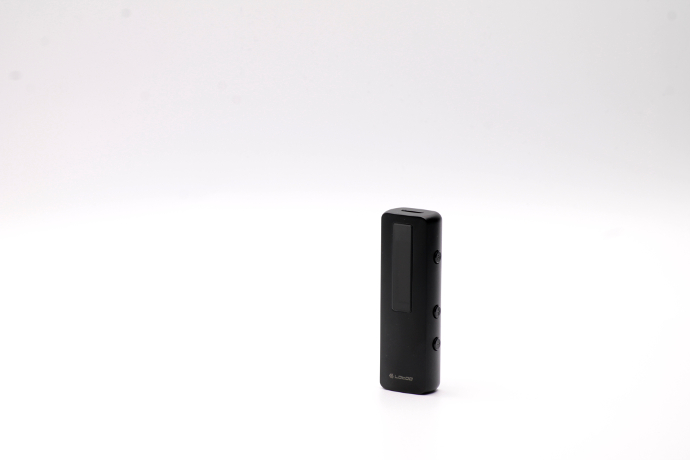
Lotoo PAW S1
With a noise floor of -118dB (SE) and -114db (Bal) you can rest assured that there won’t be any audible hiss with your most sensitive monitors. I checked this with my Empire Ears Wraith and Zeus XIV which both were absolutely dead silent. The PAW S1 has a built-in headphone amplifier, which is the OPA1622. The same one can be found in their flagship DAP.
The PAW S1 measures 66 x 22 x 13mm (DxWxH) and puts a mere 27g on the scale with its full aluminum body. It does not have its own battery and therefore sources power straight from the device it is connected to.
The S1 is also firmware upgrade-able. Since I received mine Lotoo has already pushed new ones out, which unlocked new EQ settings and UAC1 support. The last one is especially helpful if you have a gaming console or older Windows machines that don’t support USB Audio Codec 2. Since I am using self-built Linux machines at home that use ALSA I did not have any problems. But I get that older Windows builds that didn’t support UAC2 could potentially cause the PAW S1 not to work properly.
The Lotoo PAW S1 retails for 169 USD and can be bought through one of Lotoo’s retail partners.
The review continues on page two!







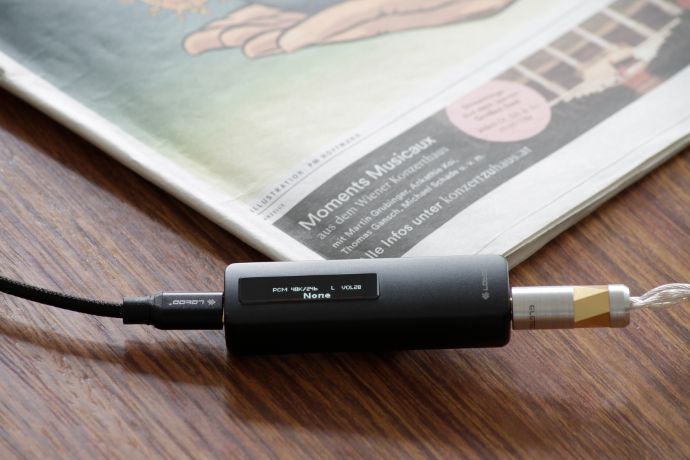
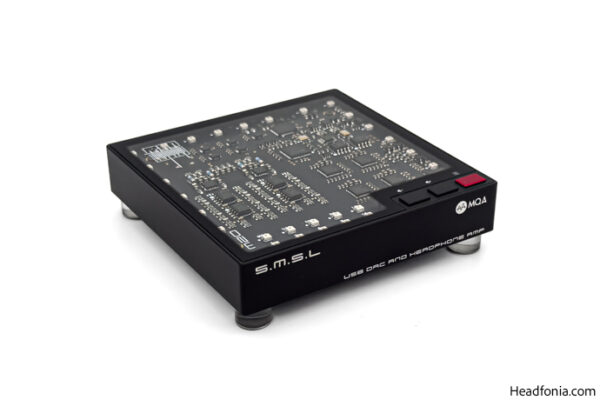
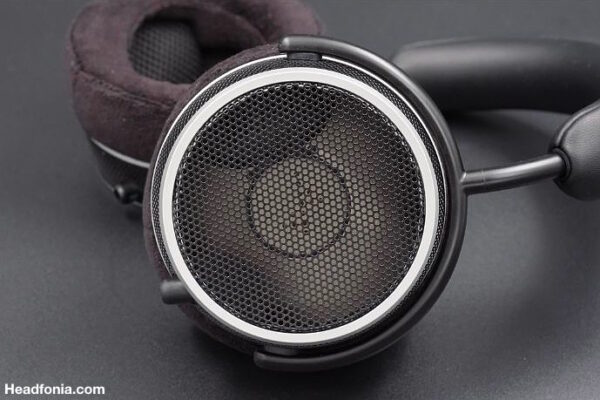
Jack
How is the sound quality if compared to cheaper budget dongle priced under $100 like sonata HD pro or ibasso dc02/dc01?
Linus
Hi Jack,
thanks for your comment.
Unfortunately I don’t have any first hand experience with those. Sorry.
Cheers!
Vince
Thanks for the detailed view. It sounds a nice little device. Is it quiet enough to drive sensitive IEM like CA Solaris?
Linus
Hi Vince,
thanks for stopping by and leaving a comment.
The PAW S1 should not have any difficulties with the CA Solaris. Although I don’t have it, the S1 has no background noise with my hyper sensitive IEMs (Zeus XIV, Wraith). So I think you are in the clear. 🙂
Cheers!
VINCE
Thank you for the feedback. If the S1 can work with Zeus, I am sure this product can work with CA Solaris.
Jo
How does it compare with BTR5? They are similarly priced.
Can it match some desktop gear like a topping stack or a Zen Dac?
Robin
I have both. S1’s noise floor is low even for Solaris, which is great. However, volume 1 is even a little bit loud for me in a quiet room. It’s probably not a problem during commute. I just generally don’t pair Andromeda or Solaris with S1, cause I usually listen at home.
VINCE
Thanks Robin for your feedback. What DAP do you use with the Solaris? I am thinking about updating my AK 70 mark II.
Michael
Thanks a lot for reviewing. Would it be possible for you to make a comparison with iFi Hip DAC?
Eu Kit Kuan
Wow! Lotoo had always been the epitome of audio even it comes to DAP and I am sure this would be an epic device!
Si Grant
Balanced and single ended out’s, 2 gain settings and EQ from such a small footprint, now that is impressive ????
Aditya Sapre
Always wanted to try Lotoo products.. This seems like perfect product to start with.
Richard Whiddon
Did you try this S1 with your Dekoni Blue headphones? Can it drive these higher impedance phones to reasonable volume?
Thanks,
Richard
Martin
Dragonfly red – 2.1 V per channel for a power of approximately 2×135 mW into 32 Ohms no 69mW into 32 Ohms.
Tej
Hi there. I would be using this with a Oneplus 6 running Neutron. Does the S1 downsample e.g. from DSD256 to 128 or will it only play a track that is natively encoded as DSD128?
Matúš
A comparison between nextdrive spectra and Spectra X would be nice. And maybe that mentioned Cobalt as well :), Thanks.